Over the past few years, China’s booming e-commerce industry and the new retail ecosystem have been making headlines around the world. At the same time, the China influencers and the O2O marketing industry has seen massive growth in the country.
But what about brick-and-mortar stores? Are Chinese consumers still interested in offline experiences, and if so, is influencer marketing an effective way to get customers through the door?
Although e-commerce is booming, brick-and-mortar stores are still extremely relevant in the new retail environment. In fact, many brands are bridging the digital gap by partnering with influencers to drive foot traffic to those stores.
With New Retail, Gen Z Consumers Value the Offline Experience
From reading the news, you’d think Chinese consumers have abandoned offline shopping. This is far from the truth, as recent studies show.
Two-thirds of Chinese millennials prefer to buy in-store. Some of the top reasons were the “opportunity to feel and touch the product”, and the ability “to try the product”.
They’re not alone.
Gen Z consumers agree — 31% say they prefer brick-and-mortar stores. As many as three in four females in China between 20 and 24 say that they buy from brick-and-mortar stores because of the product trials available.
However, it’s important to note that online and offline shopping are heavily integrated for young Chinese consumers. They might prefer to purchase in-store but rely on digital aids such as chat tools and social media reviews to research products.
A Bain & Company report explains this is particularly the case for luxury goods, with 70% of high-end purchases being influenced by online interactions. Nevertheless, the report predicts that physical stores will continue to play a critical role as 75% of sales will still occur in a physical location by 2025.
Chinese millennials and Gen Z consumers are not impulsive shoppers when it comes to big-ticket items. For them, the exploration, discovery and research phases of the shopping experience occur online. Once they are interested in a product, they will visit the physical store to examine it before deciding whether or not to buy. While some brands have had success with AR apps that allow consumers to virtually “try on” products, the experience of visiting brick-and-mortar stores is irreplaceable for many.
How to Use China Influencers for O2O Marketing
Because the online experience plays such a large role in offline purchases, influencers are still incredibly important to the purchasing journey. Beyond aiding the education and discovery process, there are many ways influencers can get consumers into the store.
Creating awareness and buzz
In the past, companies would invite the media and celebrities to opening ceremonies to create buzz and drive traffic to a new store. Nowadays brands such as Valentino, Moynat, and Gentle Monster have realised that China influencers need to be part of their O2O marketing and PR mix. In many cases, the ROI for inviting an influencer is much higher than a journalist.
For time-sensitive events such as pop-up stores, it makes sense to work with China influencers because they can publish more quickly than traditional media. Brands including Miu Miu, Louis Vuitton, Supreme and Opening Ceremony have had excellent results working with influencers to drive traffic to pop-ups.
Fan meet-and-greets
While it might create a bit of chaos, an excellent tactic for getting people through the door is to have influencers announce their presence ahead of time and invite fans to see them there. Fans will jump on the opportunity to meet their favourite influencers in real life.
One hugely successful example is the snack food brand Laiyifen来伊份, which invited 15 internet celebrities from 6 cities to do a 48-hour live-streaming relay race in June 2016. The live-streams attracted 600K viewers.
Before the event started, the influencers shared the event location with their audience. They continued sharing the offline store locations and info on exclusive discounts for fans who visited the stores during this 2-day period during the live-stream. During those two nights, the stores’ traffic and earnings increased five-fold.
Following the success of the first event, Laiyifen went bigger in 2017. They invited 40 live-streamers to visit stores and introduce over 1,000 snacks. Hashtag “1000 snacks night” #一千零食夜# generated 130M views and 730K discussions on Weibo.
The Laiyifen campaigns have been incredibly successful because they integrated online and offline to create unique experiences for fans.
Offering Incentives
Another excellent way brands can drive foot traffic is by giving influencers exclusive coupons to share with their fans. The catch: These coupons can only be redeemed in-store.
Back in June, Dolce & Gabbana launched their new perfume Floral Drops. Because perfume is a very sensory product, they knew they needed to get consumers to the store to try it.
The company gave influencers individualised virtual invitation cards to share with their fans. The fans could take those to offline stores to redeem limited edition gifts. Because the invitations were customised for each influencer, D&G was able to track each influencer’s results.
Unique experience + Influencer + Incentives = Great New Retail O2O Marketing
Young Chinese consumers want to shop at brick-and-mortar stores, but at the same time, they lead busy lives and are inundated with messaging from brands all day. If brands really want to get them through the door in the new retail environment, they need to give them that final push with O2O marketing.
Consumers already rely on influencers to discover and learn about new products. But why stop there? Instead of assuming that China influencers can only produce results in the online world, brands need to realise the impact influencers can have on new retail offline sales and collaborate with them to create unique and exciting incentives for their fans to get off their mobile device and into the store.

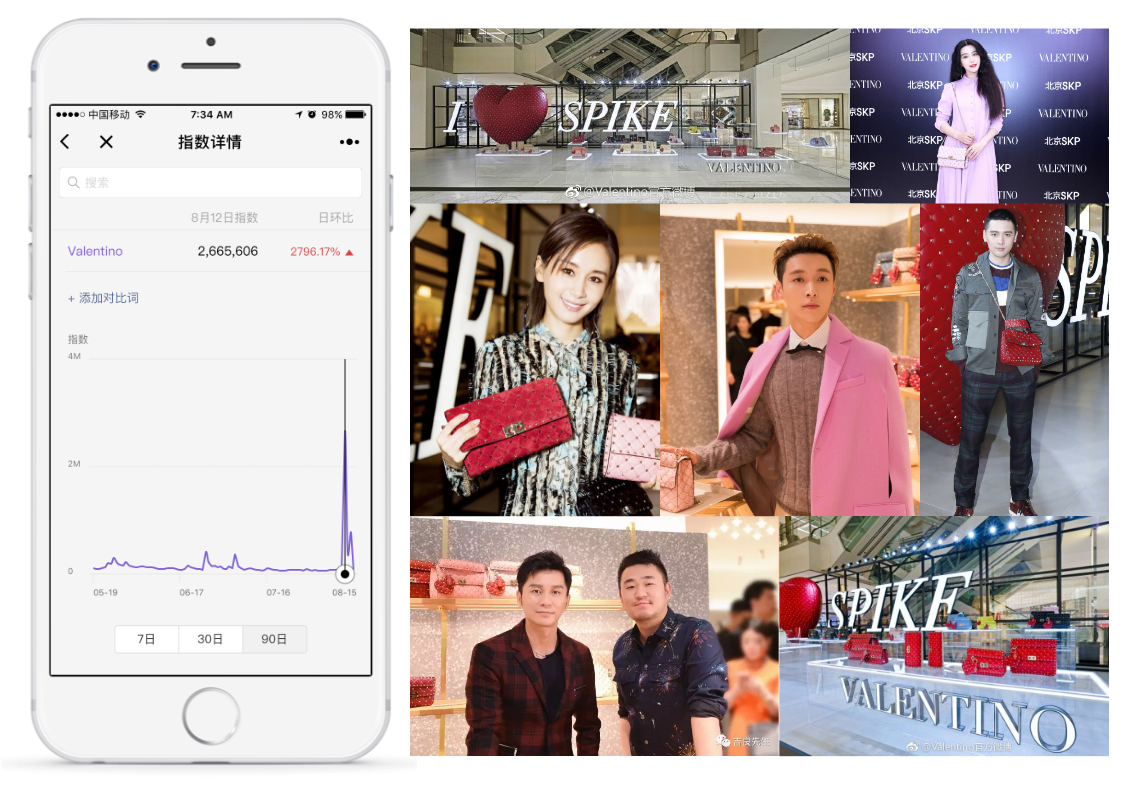








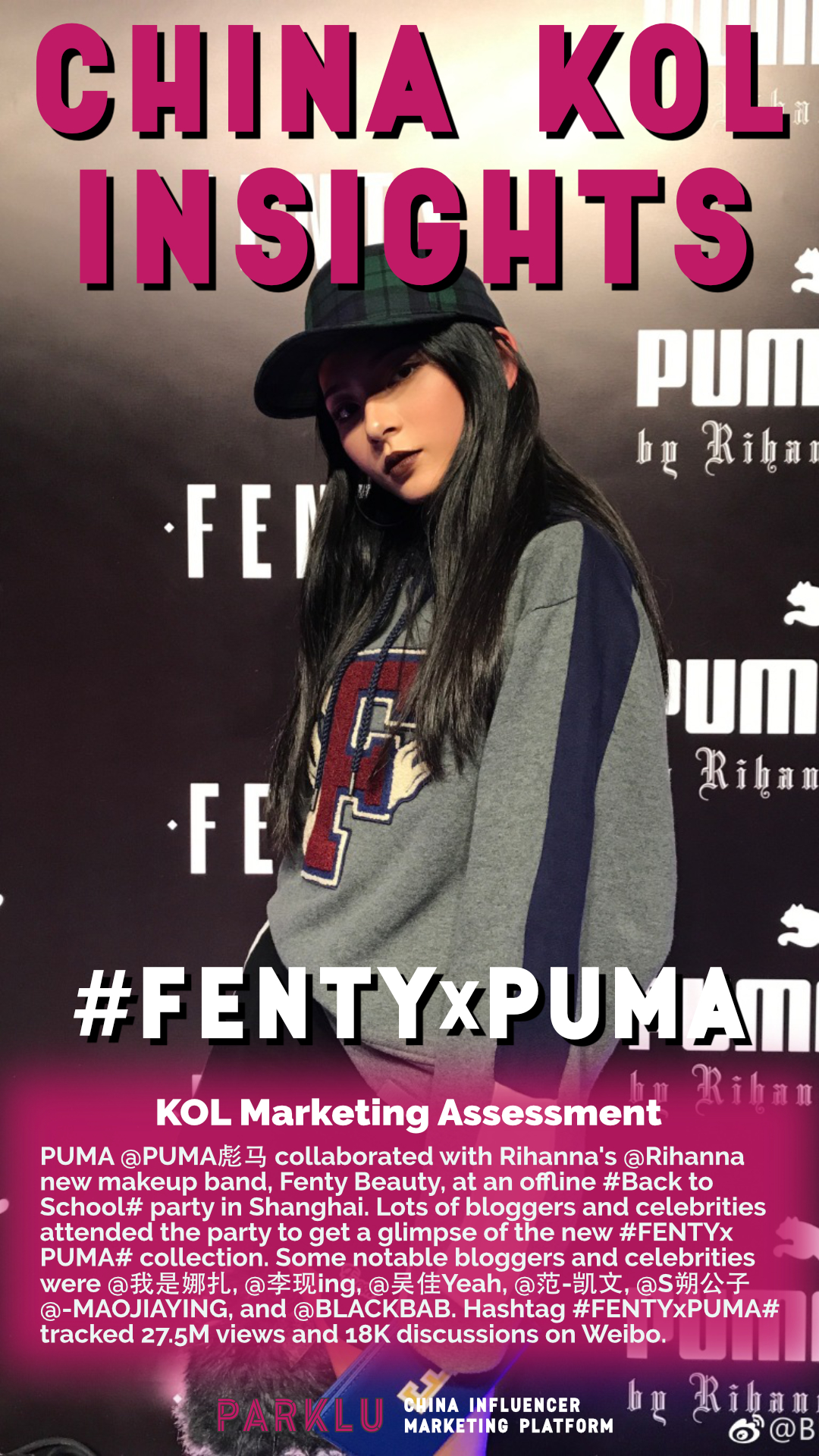
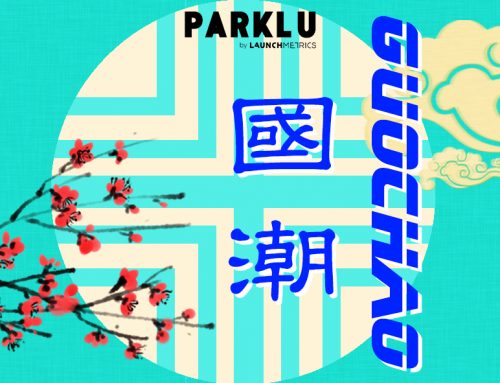

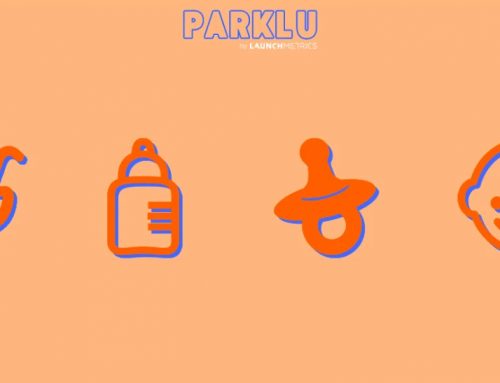
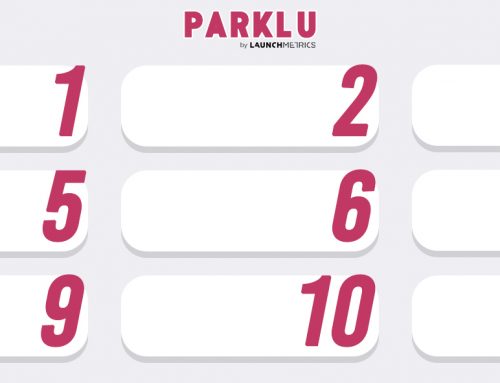



Leave A Comment